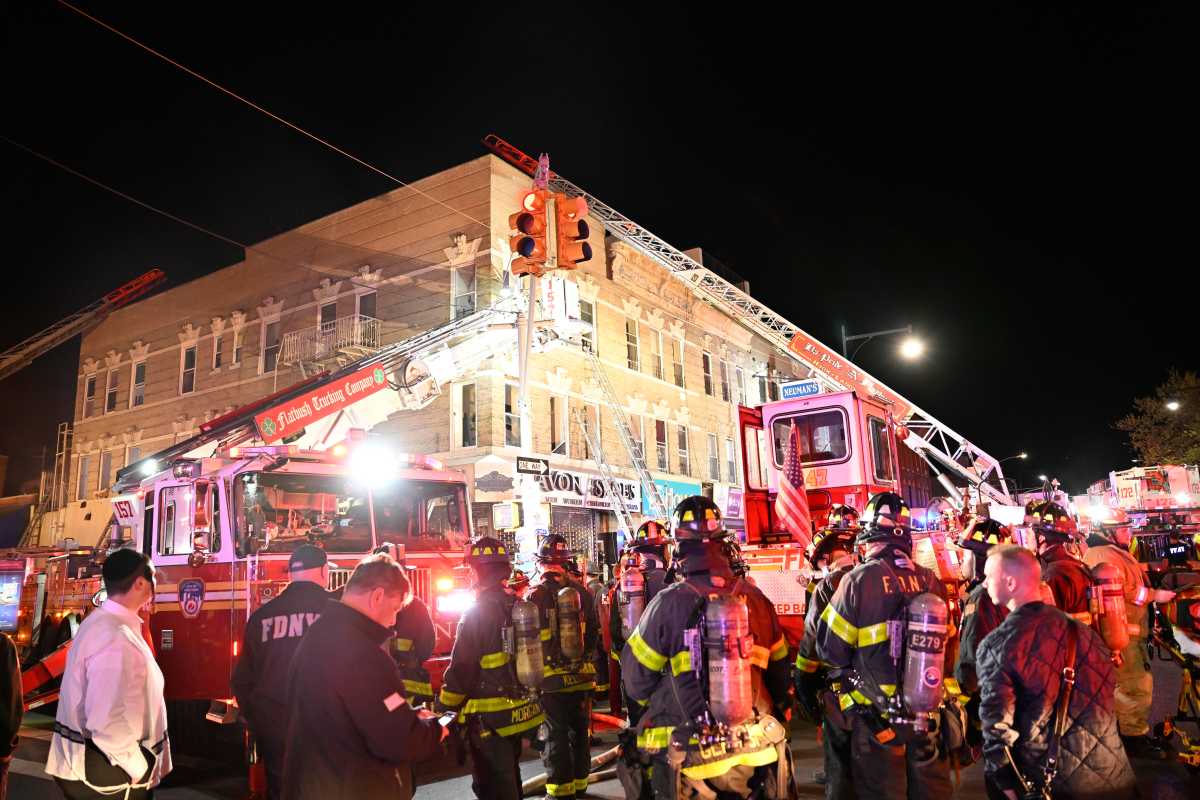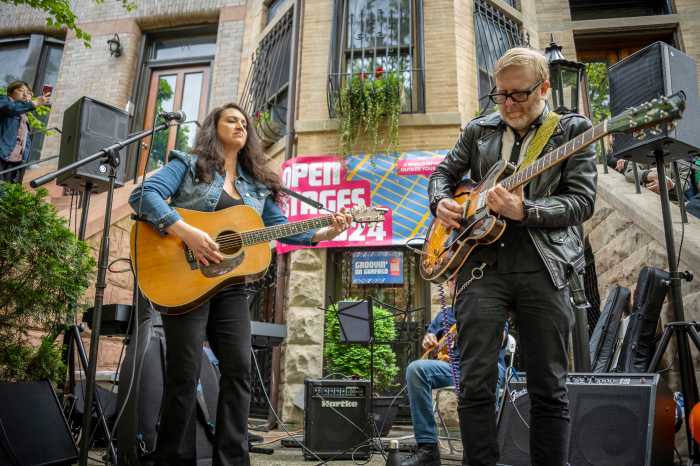
Greenpoint has a low-key reputation. It’s not easy to get to Brooklyn’s northernmost neighborhood — the only subway is the G and it is bordered on two sides by water. And the population is about half that of nearby Williamsburg, according to the most recent census. And yet, Greenpoint has one of the most exciting restaurant scenes in New York City.
Neighborhood mainstays (Acapulco Deli & Restaurant, Peter Pan Donut and Pastry Shop), Polish restaurants (Karczma) and trendy spots (Le Fanfare, Achilles Heel, Five Leaves) exist alongside each other. All the categories are covered in Greenpoint. Living in the neighborhood in 2019 for a foodie is akin to living in Greenwich Village in 1960 for a folkie. It’s all happening.
But why is that? Sure, there’s the proximity to nightlife and dining heavyweight Williamsburg, which helps ensure foot traffic, but that’s just part of it. As the city grows and gets more expensive, people are seeking out an experience that resonates. And with restaurants, that’s translating to good vibes and honest, consistent food.

Old and new
When farm-to-table restaurant Anella opened in 2009 and wood-fired pizza spot Paulie Gee’s followed a year later, both were seen as pioneers — there were far fewer restaurants and young transplants in Greenpoint then.
“When we opened I was really like, ‘Oh my god, what are we doing?,’” Anella co-owner Blair Papagni says. “I didn’t know if it was going to work.”
Paulie Giannone, who now also operates the spinoff Paulie Gee’s Slice Shop two blocks from his first Greenpoint restaurant, said he knew Greenpoint was going to be the “next neighborhood.”
“There were some bars and no pizza that I wanted to serve and I got really excited,” he says. “I thought, ‘This is it. I’m home!’ I saw what was going to happen. There was a little buzz.”
Fast forward 10 years and the number of buzzy restaurants has risen exponentially, especially on Manhattan and Greenpoint avenues. In the past year or so alone, Vietnamese-American spot Di An Di; refined, wood-fired Mexican restaurant Oxomoco (which recently won a Michelin star); the Anella team’s bistro Chez Ma Tante; and Bernie’s, a new-age steakhouse from the folks behind another neighborhood hot spot, Frankel’s, have opened, all highly rated and very popular spots.

Neighborhood appeal
Daniel Hildreth, a Department of Education administrator who has lived in Greenpoint since 2007, says the neighborhood is “primed to attract people.”
“Greenpoint is a crossroads — it’s the top tip of Brooklyn, it’s near Queens, it’s near Manhattan. There is a lot to do nearby and within it. The waterfront is beautiful,” he says. “It also still feels cool. [There are] lots of interesting people making things and coming from many walks of life.”
Though Greenpoint is right next to Williamsburg, it’s hard to reach for most New Yorkers — and that’s also part of its appeal, Giannone says. “You feel like you discovered something new.”
Giannone looked to Greenpoint first for his restaurant. So did Justin Bazdarich, chef and owner of Oxomoco, on Greenpoint Avenue.
“Williamsburg is too much — it’s too expensive, it’s overhyped, it’s oversaturated,” Bazdarich says. “Anything that was cool and unique was so high rent.”
Garrett Smith, managing partner at the 3-year-old meat-centric restaurant Cherry Point on Manhattan Avenue, has lived in the Williamsburg/Greenpoint area since 1999. The amount of money in someone’s pocket today versus then is a lot more, which gives restaurants more opportunity in the neighborhood, he says. Indeed, the median household income for Greenpoint and Williamsburg was $71,050 in 2016, compared with $46,690 in 2010, according to the NYU Furman Center.
“We have $5 Budweiser and a cheeseburger but we also have a dry-aged rib-eye,” Smith says.

Local support
For Papagni, who calls Greenpoint a “gem of a neighborhood,” part of the appeal for both diners and restaurant chefs and owners is how gracious people are with each other.
“It has maintained a lot of its original residents. There’s a big and active Polish community, an equally big and active Spanish community and there’s new people who’ve opened up businesses,” she says. “I see a harmony in the neighborhood that you don’t see a lot. Greenpoint seems to be particularly accepting.”
The success of restaurants in the neighborhood can also be attributed to the strength of the local community, Smith adds.
“When we opened we saw just how intact the community is in Greenpoint. We got a lot of attention from locals that you might not get in Williamsburg,” he says. “Tons of people poured in. Polish people came in to see how we’re doing, artists and musicians came in.”
Locals are equally prone to hit up both the new hot spots and the standbys, further strengthening the dining scene.
“There are so many more options now, and the cool thing is some of the stalwarts are still hanging on,” Smith says. “They’re not going anywhere.”


































